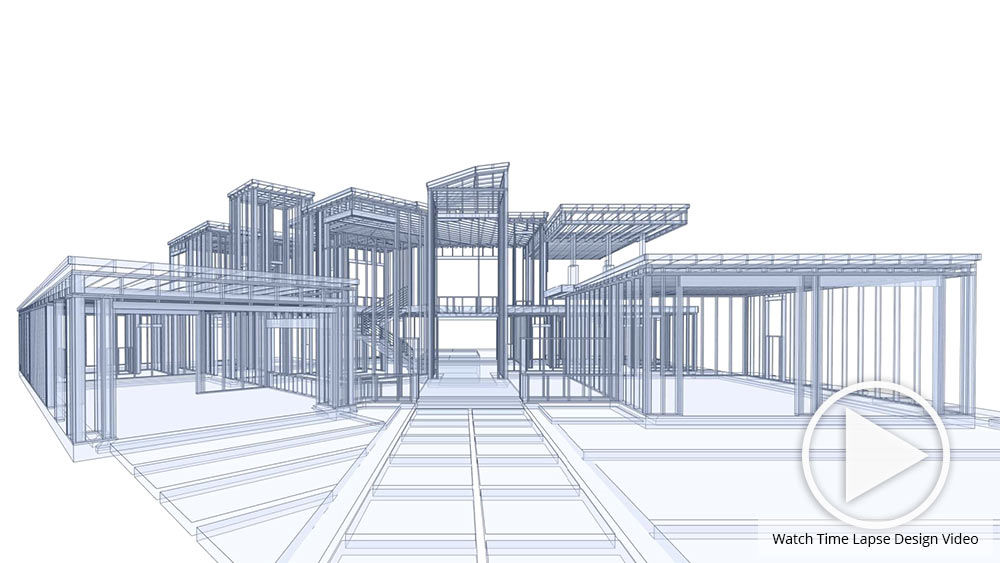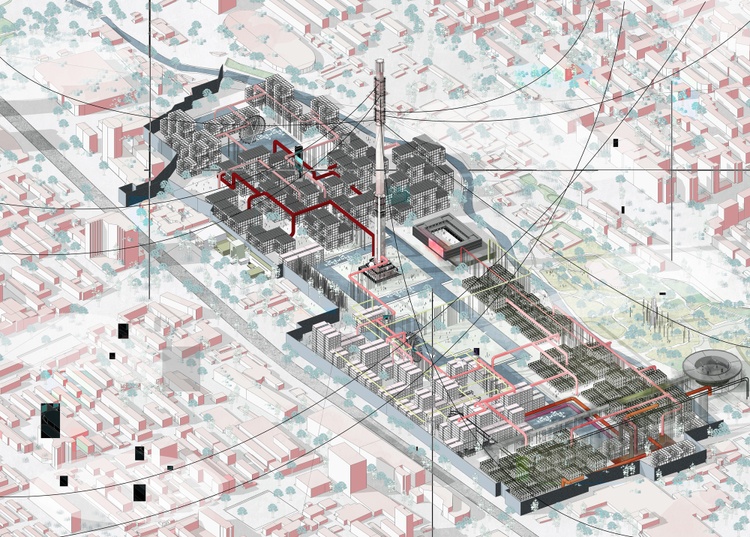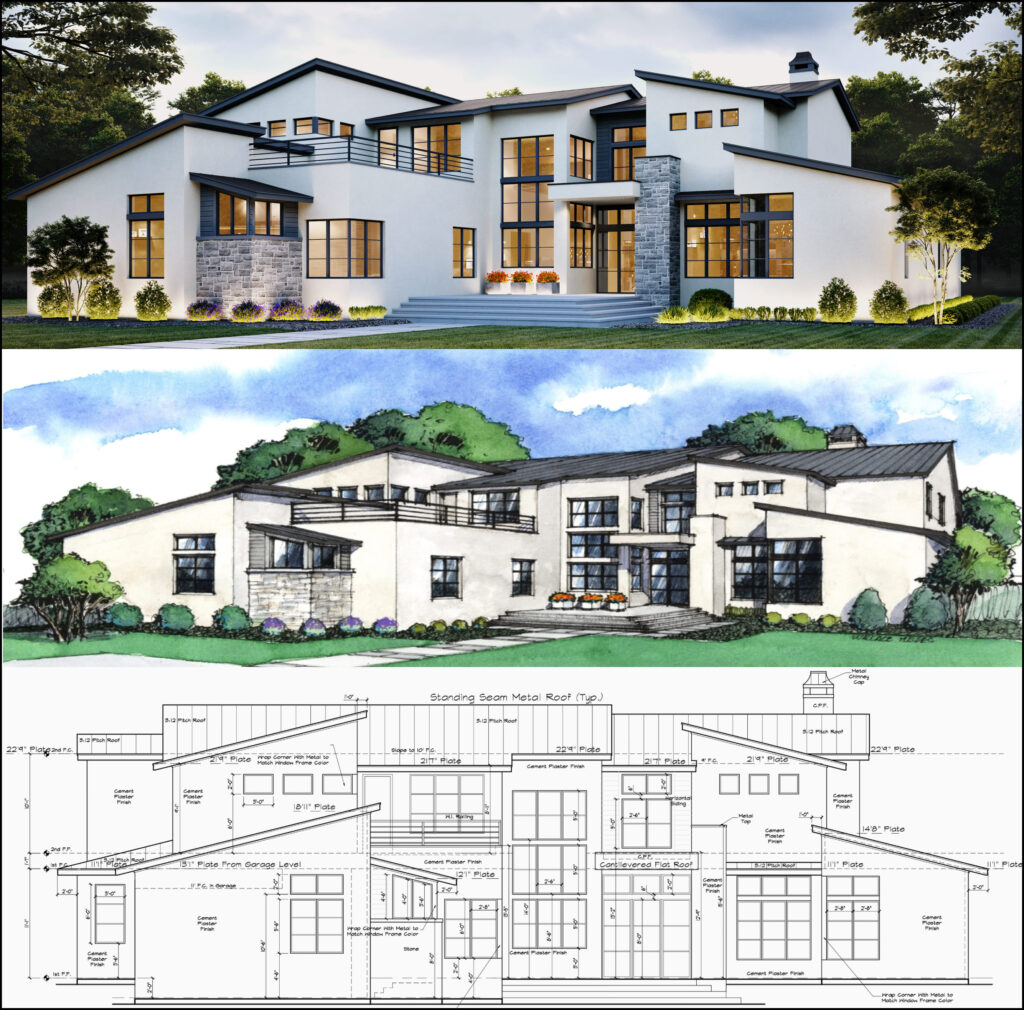Boost Your Structure Style with the Experience of CDA Architects
Boost Your Structure Style with the Experience of CDA Architects
Blog Article
A Comprehensive Introduction of Building Designs and Their Impact on Modern City Preparation and Development
Building styles have long offered as a mirror to the social worths and technical developments of their time, playing a vital duty in forming contemporary city planning and growth. From the magnificence of Neoclassicism to the utilitarian method of Brutalism, each design has actually introduced unique concepts that influence city visual appeals and capability.
Historic Summary of Building Designs

As cultures transitioned through the Middle Ages, Gothic style emerged, defined by its verticality and elaborate describing, mirroring the spiritual goals of the age. The Renaissance noted a rebirth of timeless perfects, combining art and design in innovative ways that influenced succeeding styles throughout Europe.

Today, building designs proceed to progress, driven by globalization and sustainability concerns, showing a vibrant interplay between heritage and development. This historical review underscores the significance of design as a mirror of social advancement and as a catalyst for metropolitan advancement.
Trick Architectural Styles Explained
The diversity of building styles shows the myriad influences that shape our developed atmosphere, each symbolizing unique qualities and cultural relevances. Trick architectural designs consist of Timeless, Gothic, Baroque, Modernism, and Postmodernism, each standing for distinct historic contexts and visual approaches.
Classic style, rooted in ancient Greece and Rome, highlights balance, proportion, and the use of columns (cda architects). In contrast, Gothic style, thriving between Ages, is defined by pointed arcs, ribbed safes, and flying buttresses, developing an angelic top quality in basilicas. Baroque design, arising in the 17th century, is noted by majesty, elaborate decoration, and a vibrant interplay of light and shadow
Modernism, which obtained energy in the very early 20th century, prioritizes function over kind, using brand-new products like steel and glass to develop minimalist frameworks. Postmodernism, responding versus the austerity of Innovation, welcomes eclecticism and historical referral, frequently incorporating lively components and paradox.

Influence On Urban Preparation
Fit the development of cities, building designs substantially influence urban preparation choices. The option of building design usually dictates the aesthetic appeals, performance, and total character of city settings. Innovation, with its focus on minimalism and capability, encourages open rooms and the integration of innovation, forming city formats that prioritize effectiveness and ease of access. Alternatively, typical styles might stress historic conservation, leading to metropolitan designs that preserve cultural heritage and advertise pedestrian-friendly atmospheres.
Additionally, architectural styles can influence zoning guidelines and land make use of policies. Urban organizers need to think about the dominating building trends when designing districts, guaranteeing that new advancements integrate with existing structures. This factor to consider fosters cohesive city landscapes and boosts neighborhood identity.
The execution of particular building styles can likewise affect socioeconomic aspects within a city. Premium modern designs might draw in wealthy residents and services, leading to gentrification, while website here more affordable housing services might focus on useful and sustainable layouts to accommodate varied populaces. cda architects. Ultimately, the interplay between building styles and city planning creates dynamic cities that reflect both historic context and contemporary demands, forming the lived experiences of their occupants
Sustainability and Modern Style
Architectural styles play an essential function in attending to contemporary challenges, particularly in the realm of sustainability. As city areas broaden and environmental issues escalate, contemporary style increasingly embraces sustainable layout principles that prioritize power effectiveness, resource conservation, and very little eco-friendly influence.
Contemporary building movements, such as biophilic style and environment-friendly style, advocate for structures that balance with their environments, utilizing natural materials and advertising biodiversity. These styles usually integrate renewable resource resources, such as solar panels and wind turbines, to minimize dependence on fossil gas and lower carbon impacts.
Moreover, the integration of advanced innovations, such as wise building systems, boosts energy monitoring, enhancing resource use while ensuring resident convenience. Ingenious water management approaches, consisting of rainwater harvesting and greywater recycling, further add to sustainable city environments.
Notably, sustainability extends beyond environmental problems; it incorporates social and financial measurements. By fostering neighborhood wellness and promoting inclusivity, modern building styles align with sustainable growth objectives. The development of building techniques continues to shape resistant cities that not only meet the demands of the present however likewise safeguard the future for generations to come.
Neighborhood Engagement in Design
Neighborhood interaction in design works as an important bridge in between architects and the populaces they offer, guaranteeing that the developed atmosphere reflects the requirements and aspirations of its individuals. This joint process welcomes community participants to add their understandings and choices, promoting a sense of ownership and responsibility toward the areas they populate.
Effective neighborhood involvement employs numerous methods, such as workshops, studies, and public discussion forums, to gather varied point of views. These approaches promote a two-way discussion, allowing engineers to understand regional contexts while empowering homeowners to voice their issues and desires. This inclusivity not only improves the design top quality yet also advertises social equity by resolving the unique obstacles dealt with by marginalized teams.
Furthermore, neighborhood involvement can result in cutting-edge solutions that could not arise in a conventional design process. By incorporating neighborhood expertise and cultural values, designers can develop navigate to this website areas that reverberate more deeply with individuals, boosting usability and sustainability. Ultimately, prioritizing community interaction in design procedures causes atmospheres that support social communications, assistance health, and enhance area connections, therefore playing a crucial role in shaping contemporary urban landscapes.
Final Thought
Building designs have actually profoundly affected modern city planning and advancement, mirroring progressing cultural and technical contexts. As cities continue to grow and adjust, the recurring dialogue in between architectural heritage and modern-day design concepts will remain essential in producing inclusive, vibrant spaces that enhance top quality of life and promote social equity.
Report this page